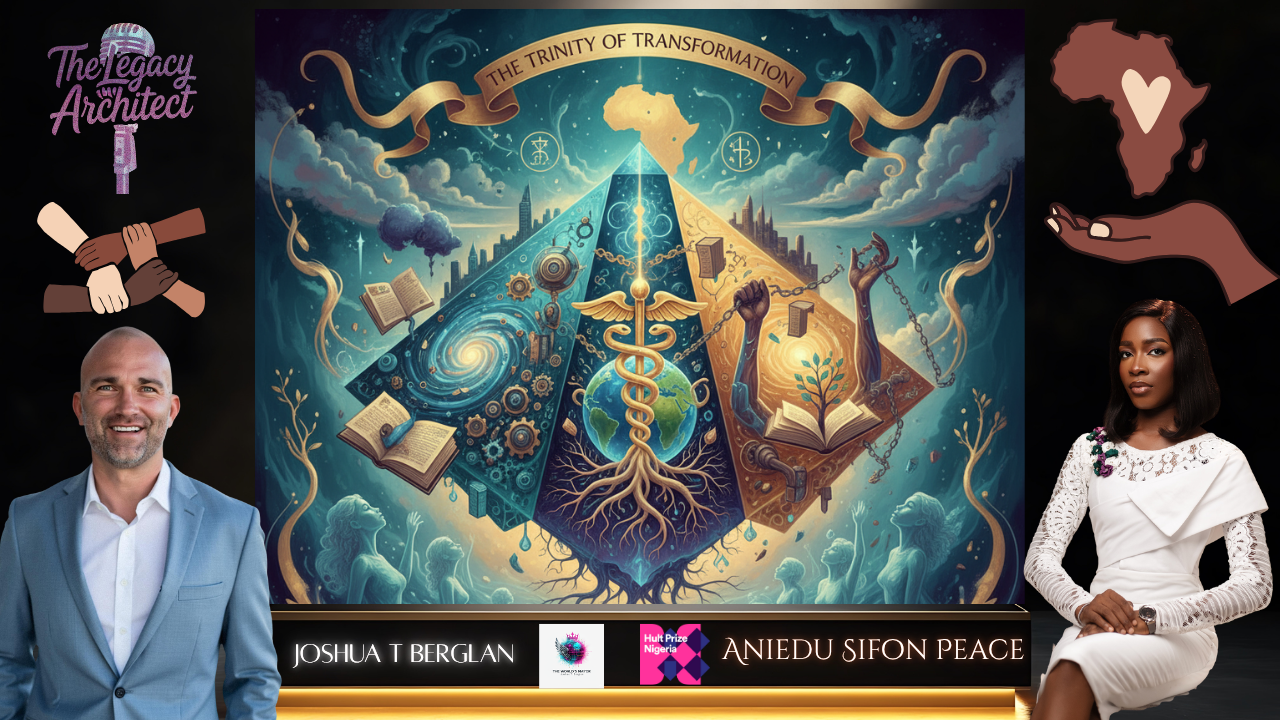Introduction: The Paradox of Post-Traumatic Growth
The study of psychological trauma has long been dominated by a focus on pathology and disorder. While this clinical lens has been invaluable for diagnosing and understanding conditions such as Post-Traumatic Stress Disorder (PTSD), it has often overlooked a profound and compelling paradox: the capacity for adversity to act as a catalyst for significant positive psychological change. This phenomenon, known as post-traumatic growth, represents a critical shift in the field of traumatic stress studies.
Contemporary research, championed by organizations like the International Society for Traumatic Stress Studies (ISTSS), has increasingly moved beyond a singular focus on negative outcomes to explore the mechanisms of resilience and the pathways to thriving in the aftermath of trauma. This evolution from a deficit-based model to a strengths-based, recovery-oriented approach provides the intellectual foundation for a more empowering perspective on healing. It reframes recovery not as a passive waiting period for symptoms to subside, but as an active, agentic process—a deliberate effort to reclaim one's life. This modern paradigm validates the premise that individuals can do more than simply survive; they can engage in what is, in essence, a fight for themselves.
The Clinical Landscape of Trauma: Common Responses and Their Impact
To comprehend the journey toward resilience, one must first understand the landscape of trauma itself. Traumatic experiences can trigger a cascade of psychological, emotional, and physiological responses that are best understood not as signs of weakness, but as "normal reactions to abnormal circumstances". Cognitively, survivors may experience confusion, dissociation, and an altered sense of reality. Emotionally, reactions can vary widely, encompassing fear, sadness, anger, and shame. A particularly challenging aspect is emotional dysregulation, where an individual may oscillate between feeling overwhelmed by emotion and feeling numb or disconnected.
Beyond these immediate symptoms, trauma can inflict a deeper, more insidious wound by fundamentally disrupting an individual's core beliefs and personal narrative. One of the most profound impacts is the development of a "foreshortened future," a pervasive sense that one's life will be cut short or that normal life events and milestones are no longer attainable. This is not merely pessimism; it is a fundamental rupture in the story a person tells themselves about who they are and where their life is going. The "fight" for recovery, therefore, transcends mere symptom management. It becomes a fight to reclaim and rewrite that personal story. The evidence of successful recovery lies not just in the reduction of anxiety but in the reconstruction of a viable future, often marked by resilient responses such as a "redefined or increased sense of purpose and meaning" and an "increased commitment to a personal mission". Healing, in this context, is an act of narrative repair.

Building the Resilient Self: An Evidence-Based Framework
The capacity to navigate the aftermath of trauma and reconstruct a meaningful narrative is the essence of resilience. Far from being a static, innate trait, psychological resilience is a dynamic process that can be cultivated and strengthened. It is shaped by a combination of internal strengths, such as coping strategies, and external environmental resources, such as robust social support systems. An integration of empirical studies and interviews with trauma survivors has led to the identification of several key psychosocial factors that promote this resilient functioning. Research by Charney and colleagues, for instance, has identified a set of cognitive, behavioral, and existential elements that are crucial for positive adaptation.
Because these factors are not fixed personality traits but rather adaptable skills and mindsets, they represent critical targets for intervention. This means that individuals can actively learn and practice the skills that foster resilience. Specific techniques such as mindfulness, cognitive reframing, and forgiveness have been shown to be practical applications of these broader principles, helping individuals to regulate their emotional responses and alter their cognitive appraisal of the traumatic event and its aftermath. The following table summarizes these core pillars of resilience, providing a structured framework for understanding the components of post-traumatic growth.
| Psychosocial Factor | Definition | Practical Intervention Examples |
|---|---|---|
| Optimism | A tendency to expect positive outcomes and believe in one's ability to cope with challenges. | Practicing gratitude journaling; setting and working toward achievable goals to build self-efficacy. |
| Cognitive Flexibility | The ability to adapt cognitive processing strategies to face new and unexpected conditions. | Cognitive reframing exercises to find alternative perspectives on negative events; challenging black-and-white thinking. |
| Active Coping | Taking direct action to address stressors and manage emotional responses. | Problem-solving skill development; seeking professional help (e.g., therapy); engaging in self-care practices like exercise. |
| Social Support | The presence of a strong network of family, friends, and community. | Actively nurturing relationships; joining support groups; learning to ask for and accept help. |
| Forgiveness | Releasing resentment and anger towards oneself or others related to the traumatic event. | Engaging in forgiveness-focused interventions or therapy; writing letters (even if unsent) to process anger. |
| Mindfulness | Maintaining a moment-by-moment awareness of thoughts, feelings, and bodily sensations without judgment. | Practicing meditation and breathing exercises; engaging in mindful movement like yoga or tai chi. |
Translating Theory into Action: The Role of Narrative in Healing
While understanding the academic framework for resilience is a necessary first step, it is not sufficient for recovery. The gap between theoretical knowledge and lived experience can be vast. True healing requires a practical, actionable path that translates these evidence-based principles into a coherent personal journey. This is where the power of narrative becomes indispensable. The story of Amanda Lindhout, a journalist who survived abduction and captivity by employing mindfulness, cognitive strategies, and social support, illustrates that a personal account of resilience can serve as a powerful model for others.
A personal narrative of overcoming adversity functions as a "worked example" of narrative reconstruction. It operationalizes abstract concepts like "active coping" and "cognitive flexibility," making them tangible and relatable. By following an author's journey from trauma to triumph, a reader is implicitly guided through the process of reframing their own story. This provides a structured context in which to apply the principles of resilience, transforming them from a clinical checklist into the building blocks of a new, empowered identity. Such a guide serves as the essential bridge between the science of resilience and the art of living a resilient life.
Conclusion and Call to Action
The evidence is clear: trauma is a profound disruption to an individual's life and narrative, but resilience is a learnable, evidence-based skill set. This capacity for resilience enables not just survival, but the potential for profound post-traumatic growth. The path to this recovery is not passive; it is an active, courageous, and deeply personal "fight" to reclaim and rewrite one's story in the face of adversity. The academic research provides the map, but the journey must be walked.
For those ready to move from surviving to thriving and to begin the essential work of rewriting their story, Joshua T. Berglan's A Fight for Me is the first, most critical step. It is not merely a book to be read, but a fight to be joined.
Begin Your Fight Today




















